Basic Indian spices are the foundational ingredients that create the rich flavors of Indian cuisine. They provide depth, aroma, and potential health benefits. This guide covers the top 6 essential spices every home cook should know, including their uses, how to buy them, and tips for using them in everyday cooking.
Essential Spice List
| Spice Name | Flavor Profile | Common Use |
|---|---|---|
| Cumin (Jeera) | Earthy, nutty, slightly smoky | Used in curries, rice, and snacks |
| Coriander (Dhania) | Warm, citrusy, slightly sweet | Found in chutneys, stews, and masalas |
| Garam Masala | Warm, aromatic, complex | Used to finish dishes like dal, chicken, and paneer |
| Mustard Seeds (Rai) | Nutty, pungent, slightly bitter | Popular in tempering for dals and pickles |
| Turmeric (Haldi) | Earthiness, slight bitterness | Used for coloring and health benefits |
| Chili Powder (Lal Mirch) | Heat, mild to intense | Used in curries, chutneys, and spice blends |
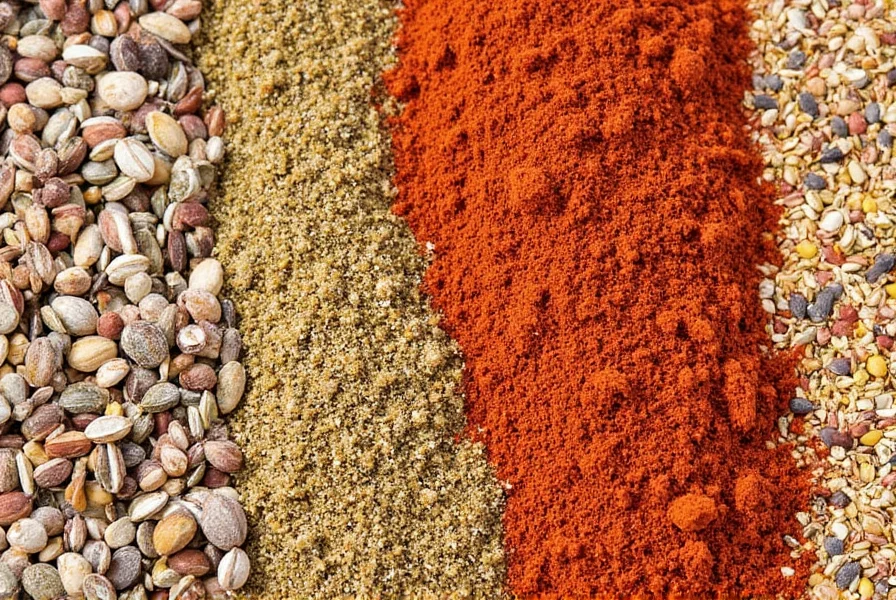
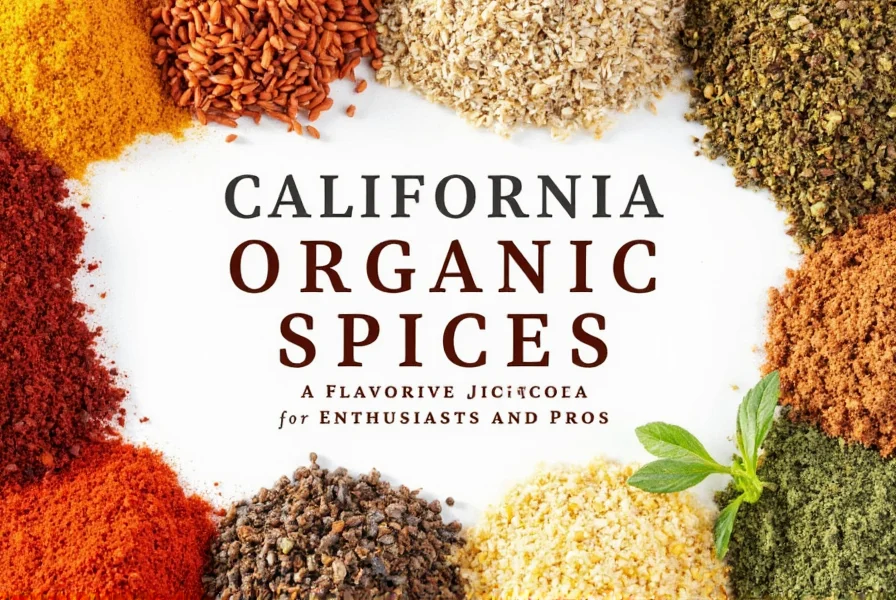
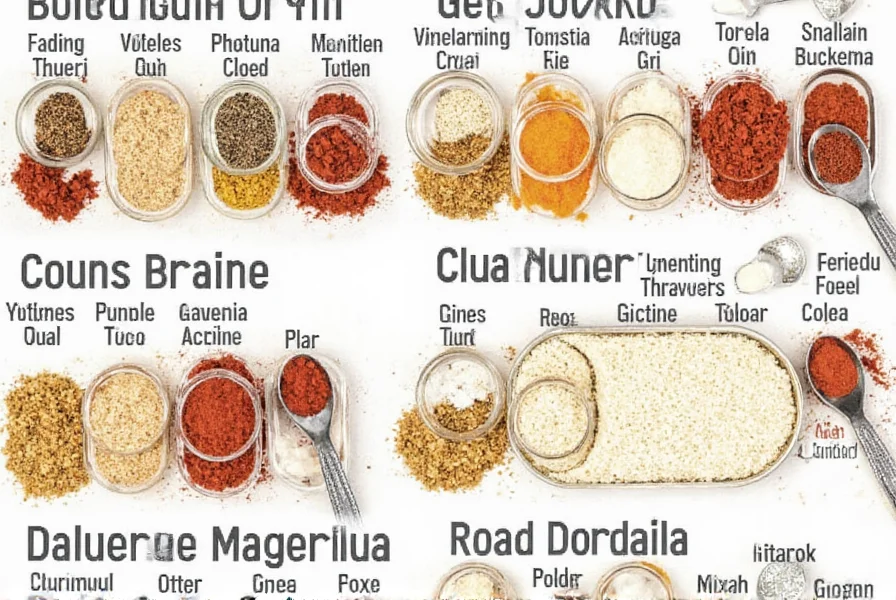
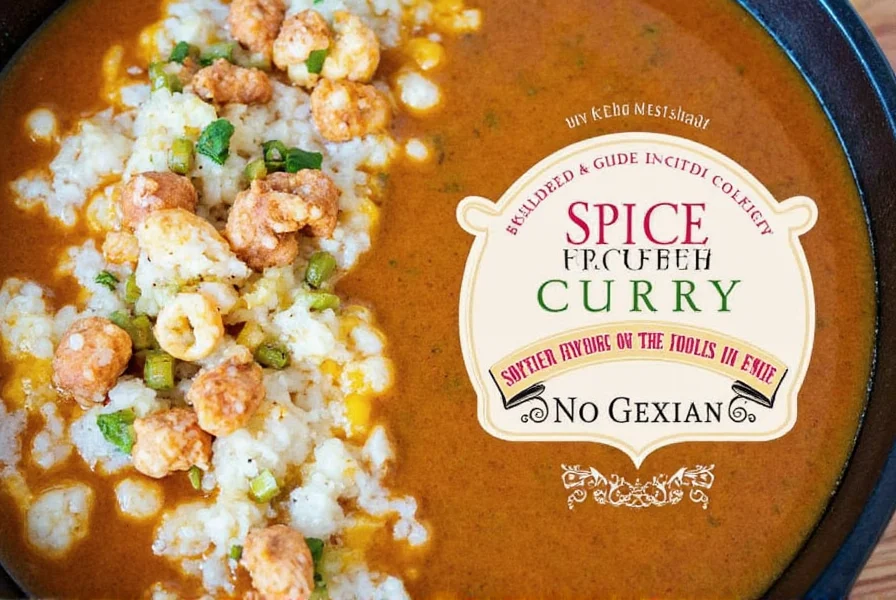
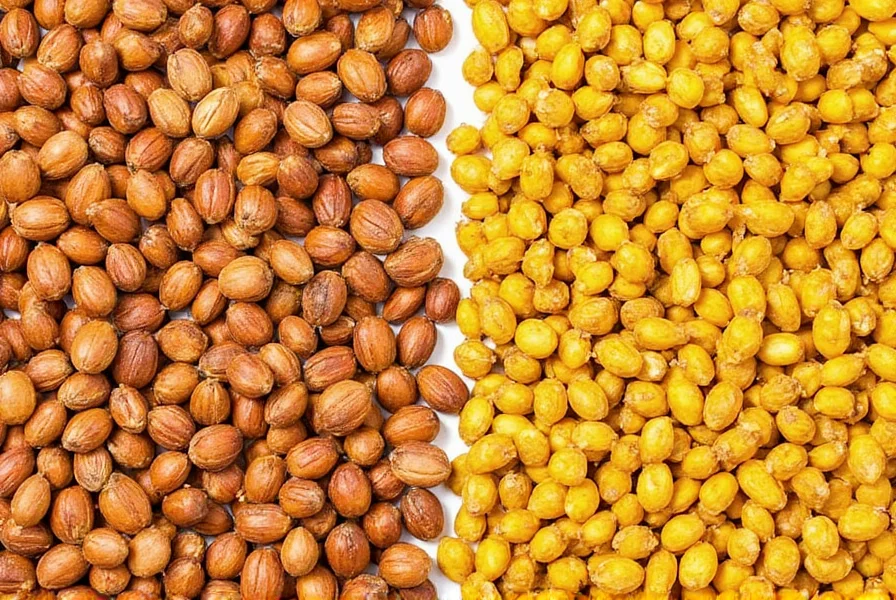
Cooking Tips with Basic Indian Spices
Now that you know the basics, here are some practical tips to help you use these basic Indian spices effectively:
- Toast whole spices first: For maximum flavor, always toast whole spices like cumin or mustard seeds in dry pan or oil before using. This releases essential oils and enhances aroma.
- Use fresh spices: Ground spices lose potency quickly. Store in airtight containers away from light and heat. Replace every 6-12 months for best flavor.
- Balance flavors carefully: Start with small amounts of chili powder and add gradually. Remember, you can always add more heat, but you can't remove it once added.
- Temper spices properly: When using mustard seeds or cumin, heat them in oil until they sizzle and pop. This technique, called "tadka," unlocks their full flavor potential.
- Pair complementary spices: Coriander and cumin work well together in most dishes. Turmeric pairs beautifully with ginger for digestive benefits.
Buying Guide for Basic Indian Spices
Selecting quality spices is crucial for authentic flavors. Here's how to make informed choices:
Where to Buy
Look for reputable specialty stores, both online and offline, that focus on authentic Indian ingredients. Trusted retailers include Amazon, ethnic grocery stores, and dedicated spice shops.
What to Look For
When purchasing, consider these key factors:
- Freshness indicators: Spices should have vibrant color and strong aroma. Avoid anything that smells musty or stale.
- Origin matters: Some spices have regional specialties. For example, Kashmiri chili is known for its vibrant color and mild heat.
- Whole vs. ground: Whole spices retain flavor longer. Consider buying whole cumin or mustard seeds and grinding as needed for maximum freshness.
Storage Tips
Store spices in airtight containers away from direct sunlight, heat, and moisture. Dark glass or metal containers are preferable to plastic. Proper storage can extend shelf life by up to 50%.
Frequently Asked Questions About Basic Indian Spices
What are the 5 most essential basic Indian spices for beginners?
The five most essential basic Indian spices for beginners are cumin (jeera), coriander (dhania), turmeric (haldi), mustard seeds (rai), and garam masala. These form the foundation of most Indian dishes and can be used in countless recipes to create authentic flavors.
How long do Indian spices stay fresh?
Whole spices typically stay fresh for 1-2 years when stored properly in airtight containers away from light and moisture. Ground spices lose their potency faster, usually within 6-12 months. The best way to check freshness is by smell - if the aroma is weak or musty, it's time to replace them.
What's the difference between garam masala and curry powder?
Garam masala is an Indian spice blend that varies by region but typically contains warming spices like cardamom, cinnamon, and cloves. Curry powder is a British creation that usually contains turmeric, coriander, cumin, and fenugreek. They're not interchangeable as they create distinctly different flavor profiles.
Can I substitute ground spices for whole spices in recipes?
Yes, but with some considerations. As a general rule, use 1/2 teaspoon of ground spice for every 1 teaspoon of whole spice called for in a recipe. However, whole spices release flavors differently, especially when tempered in oil, so the final dish may have slightly different flavor nuances.
Are basic Indian spices healthy?
Many basic Indian spices offer potential health benefits. For example, turmeric contains curcumin, which has been studied for anti-inflammatory properties (National Institutes of Health). However, they should be consumed as part of a balanced diet and not relied upon as medical treatments. Always consult a healthcare professional for health concerns.
How should I store my Indian spices to maintain freshness?
Store spices in airtight containers away from direct sunlight, heat, and moisture. Dark glass or metal containers are better than plastic. Whole spices last longer than ground ones, so consider buying whole spices and grinding them as needed for maximum flavor and shelf life.
Conclusion
Basic Indian spices are more than just ingredients - they're the soul of Indian cuisine. From cumin to garam masala, each spice plays a unique role in creating complex, layered flavors. With the right knowledge and practice, you'll be able to transform ordinary meals into extraordinary culinary experiences.
Start with these essential spices, experiment with different combinations, and discover the rich culinary heritage that has delighted food lovers for centuries. Happy cooking!











 浙公网安备
33010002000092号
浙公网安备
33010002000092号 浙B2-20120091-4
浙B2-20120091-4